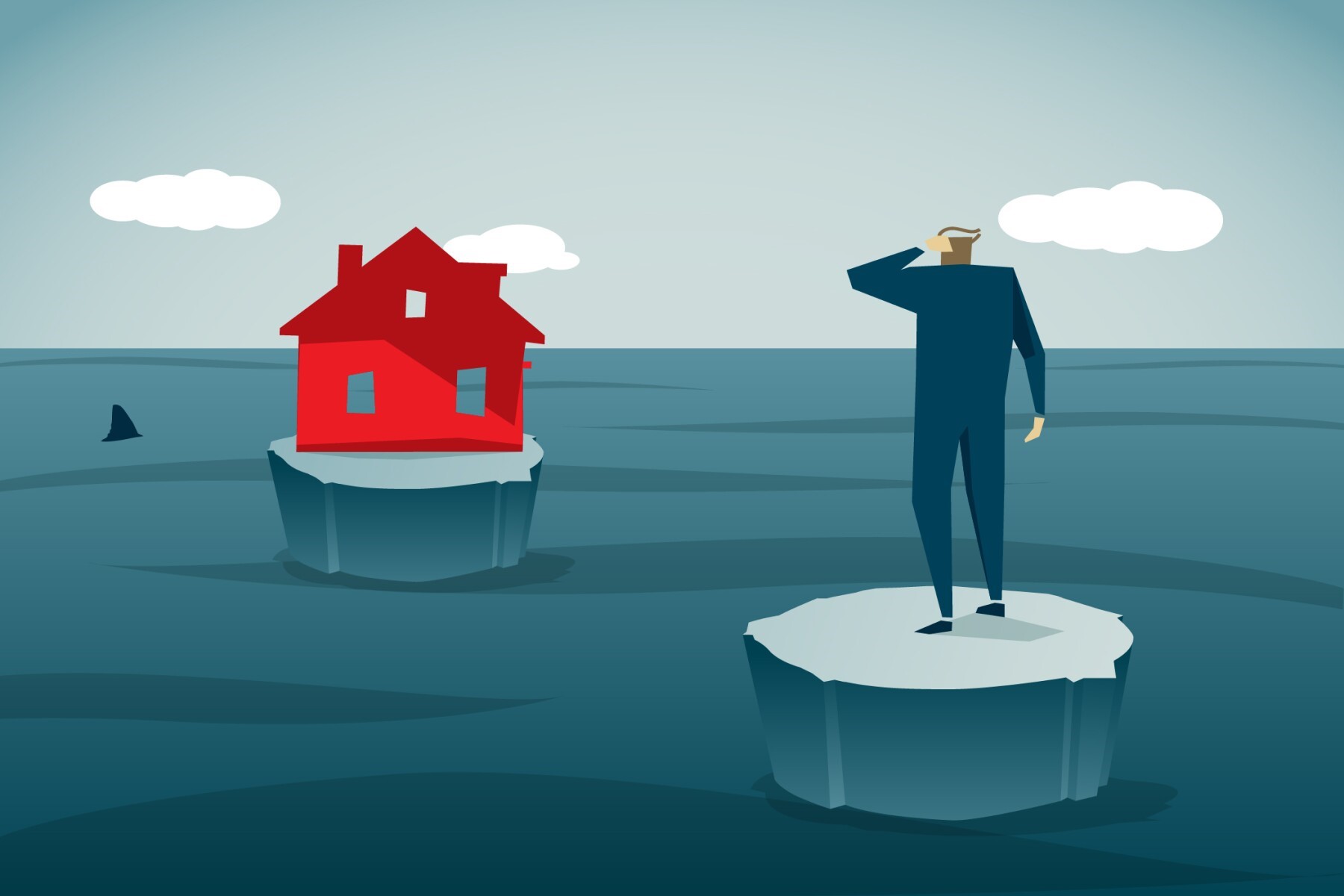While we wait to see if — or rather when — the economy will fall into recession, we can all agree that the housing market on its own is heading for a deep freeze. And both can largely be blamed on the actions of the Federal Reserve.
The Fed is widely expected to boost the central bank’s overnight lending rate by another 75 basis points after meeting this week, moving aggressively to fight a four-decade high inflation rate. The impact of raising policy rates is channeled almost directly into mortgage loan rates, as those are generally based on the 10-year Treasury yield.
To be sure, rates on conventional 30-year mortgages were rising even before the Fed started its tightening cycle in March but have now been flirting with 6% for a few weeks , more than double the record-low rate of 2.65% in January 2021 and almost twice the 3% rate of a year ago. We would have to look back to the housing crash of 2008-09 to see rates that high.
This is occurring on the heels of blistering home price gains. Demand for houses surged during the pandemic as urban dwellers fled for the suburbs and remote working arrangements allowed people to move to secondary metropolitan areas where housing was more affordable and more spacious. That robust demand met a limited inventory of homes for sale, resulting in outsize price increases. The S&P CoreLogic Case Shiller Home Price Index rose by 20.5% over the year in May, a bit slower than earlier this year but the 16th month of year-over-year double-digit price gains.
The combination of higher mortgage rates and higher home prices has caused affordability to crater to its lowest level since, well, the housing crash. The affordability index produced by the National Association of Realtors measures 100 when the median family income is equal to the qualifying income needed to buy a median-priced home, assuming a 20% down payment. Its latest reading, for May, is 102.5, its lowest reading since July 2006.
With more potential homebuyers being priced out of the market, home sales are falling. Sales of existing homes, which account for about 90% of all home sales, fell by 5.4% in June, the fifth consecutive month of declining sales. And sales of newly built homes fell by 8.1%, reversing the gain of the prior month and continuing a monthslong decline.
Oxford Economics estimates that 15 million households have been priced out of purchasing an existing home this year alone.
With sales falling, homebuilders are starting to pull back on new construction. Single-family housing starts fell by 8.1% in June, while multifamily starts grew by 15% — altogether a 2% decline in total housing starts for the month. The National Association of Home Builders reports that traffic for first-time buyers fell in the past three quarters, certainly due to affordability challenges, and buyer traffic over the next six months is projected to fall as well, meaning future sales could continue to tumble.
As demand for housing cools, the large-scale price increases seen in recent months are likely to ease, but with inventories of new and existing homes still lean, it’s hard to see prices falling overall. Still, those markets that saw the steepest price appreciation over the pandemic are at risk of some pullback in pricing. These would include metros in the Mountain West and the Sun Belt, where most of the pandemic-related migration headed.


